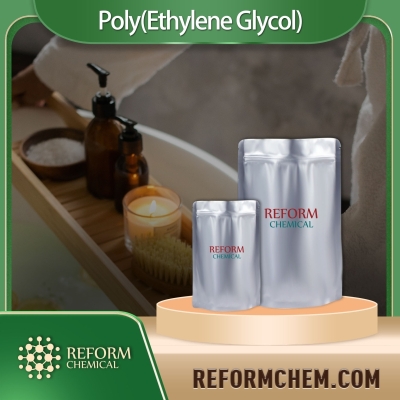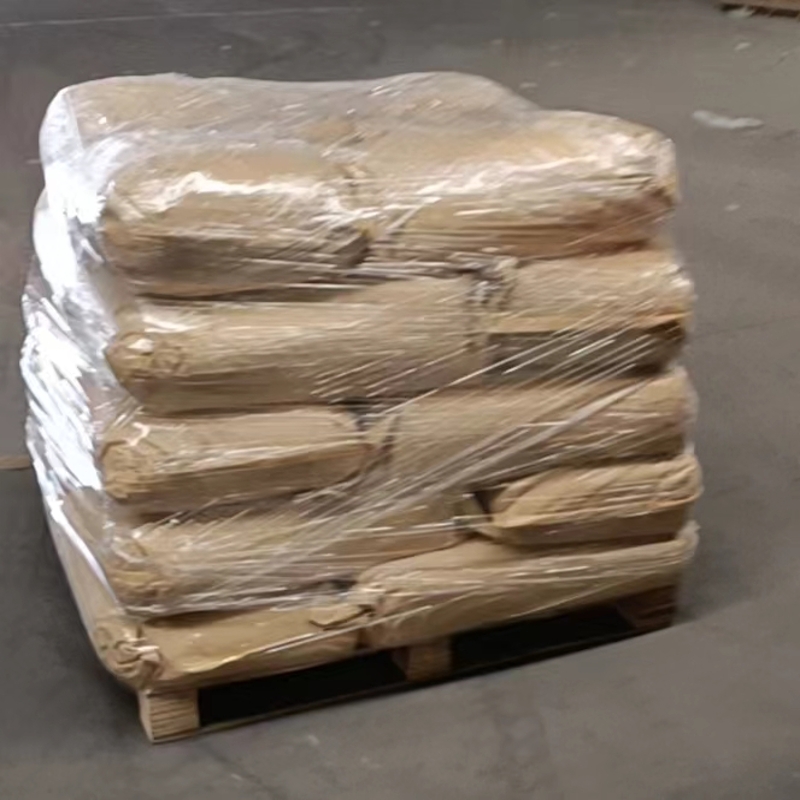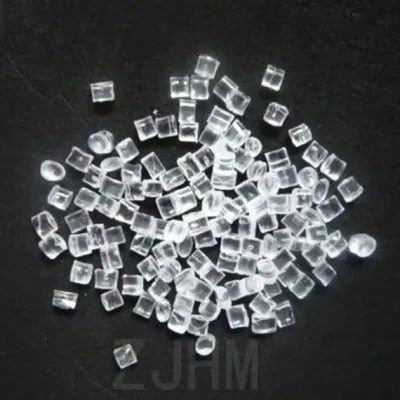-
Categories
-
Pharmaceutical Intermediates
-
Active Pharmaceutical Ingredients
-
Food Additives
- Industrial Coatings
- Agrochemicals
- Dyes and Pigments
- Surfactant
- Flavors and Fragrances
- Chemical Reagents
- Catalyst and Auxiliary
- Natural Products
- Inorganic Chemistry
-
Organic Chemistry
-
Biochemical Engineering
- Analytical Chemistry
-
Cosmetic Ingredient
- Water Treatment Chemical
-
Pharmaceutical Intermediates
Promotion
ECHEMI Mall
Wholesale
Weekly Price
Exhibition
News
-
Trade Service
Nowadays, new energy vehicle vehicles are in the development of lead-acid batteries and traditional lithium batteries are encountering bottlenecks in the stage of tackling difficulties, various carbonaceous materials, especially graphene materials, due to their special layered structure and large specific surface area, their various forms as shown in the figure, become important energy storage materials and electrode materials of energy storage systems
.
Graphene has extremely attractive application prospects in the field of energy storage, and will be the main force in the research and development of lithium batteries, supercapacitors and even fuel cells (graphene composite catalysts, etc.
) for new energy vehicles
.
Looking forward to the future microscale performance energy storage technology of graphene energy storage materials in non-equilibrium state, DFTEM and other technologies will be used to test the stress release of the microscopic area of graphene edge under high current/high heat, and the micro-area strain field/stress field will be measured, and the experimental model
will be verified and modified after comparison.
Observe the relationship between microscale graphene stress changes and microstructure morphology, microdefect distribution, edge interface, etc.
, observe microscale defects and even atomic arrangement of microstructure and edge interface, and improve, develop and correct the microscale performance of DFTEM and other technologies in the non-equilibrium state of energy storage through simulation analysis, and propose specific means of real-time loading, sample preparation, observation and analysis, and analyze the dynamic evolution effect
of dislocation/vacancy/fold/void.
Graphene materials originated from the study of microscale effects of carbon materials, and many ideas (such as first principles, dislocation dynamics, etc.
) and experimental methods (such as TEM, AFM, etc.
) still play an important role
in research.
However, there are many unsolved
problems in both energy storage theory and test methods in microscale coupling defects and microstructure testing techniques under fast charging in non-equilibrium state.
The microscale research of graphene energy storage materials has scientific value and significance for revealing their physical and chemical coupling effects, improving microscale energy storage technology and promoting the development of graphene energy storage equipment for new energy vehicle vehicles
.
Nowadays, new energy vehicle vehicles are in the development of lead-acid batteries and traditional lithium batteries are encountering bottlenecks in the stage of tackling difficulties, various carbonaceous materials, especially graphene materials, due to their special layered structure and large specific surface area, their various forms as shown in the figure, become important energy storage materials and electrode materials of energy storage systems
.
Graphene has extremely attractive application prospects in the field of energy storage, and will be the main force in the research and development of lithium batteries, supercapacitors and even fuel cells (graphene composite catalysts, etc.
) for new energy vehicles
.
Looking forward to the future microscale performance energy storage technology of graphene energy storage materials in non-equilibrium state, DFTEM and other technologies will be used to test the stress release of the microscopic area of graphene edge under high current/high heat, and the micro-area strain field/stress field will be measured, and the experimental model
will be verified and modified after comparison.
Observe the relationship between microscale graphene stress changes and microstructure morphology, microdefect distribution, edge interface, etc.
, observe microscale defects and even atomic arrangement of microstructure and edge interface, and improve, develop and correct the microscale performance of DFTEM and other technologies in the non-equilibrium state of energy storage through simulation analysis, and propose specific means of real-time loading, sample preparation, observation and analysis, and analyze the dynamic evolution effect
of dislocation/vacancy/fold/void.
Graphene materials originated from the study of microscale effects of carbon materials, and many ideas (such as first principles, dislocation dynamics, etc.
) and experimental methods (such as TEM, AFM, etc.
) still play an important role
in research.
However, there are many unsolved
problems in both energy storage theory and test methods in microscale coupling defects and microstructure testing techniques under fast charging in non-equilibrium state.
The microscale research of graphene energy storage materials has scientific value and significance for revealing their physical and chemical coupling effects, improving microscale energy storage technology and promoting the development of graphene energy storage equipment for new energy vehicle vehicles
.







